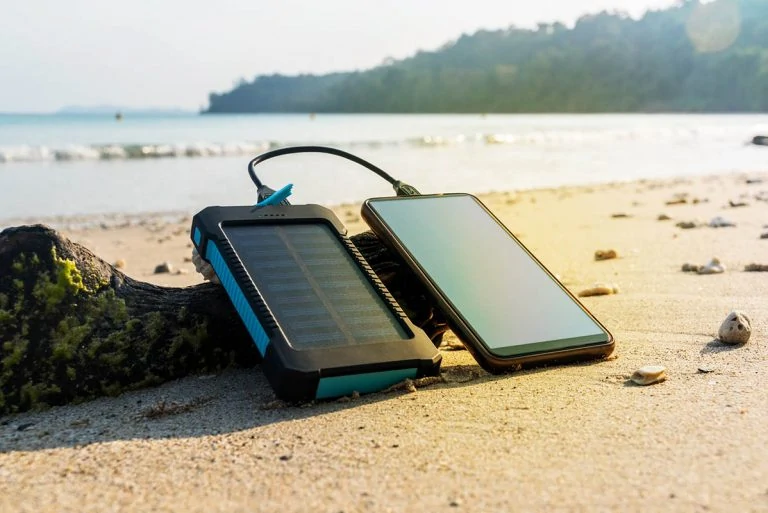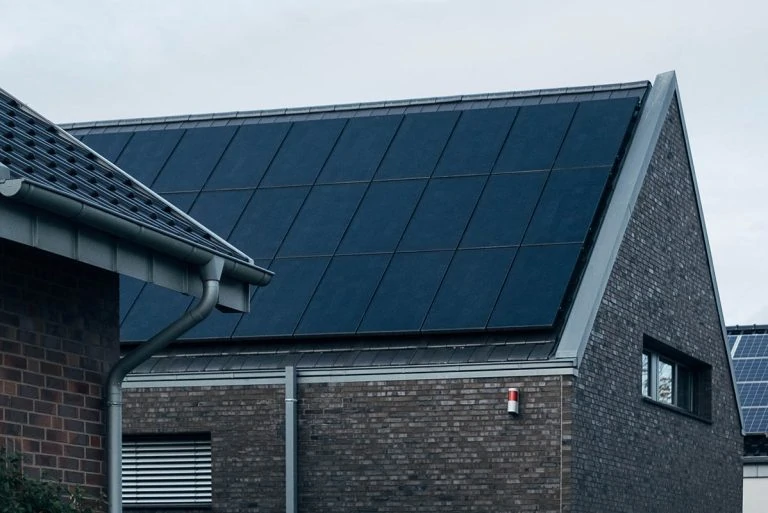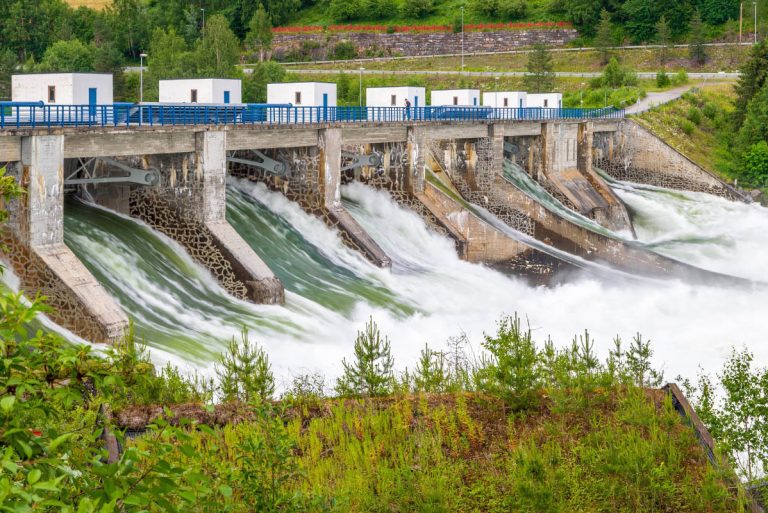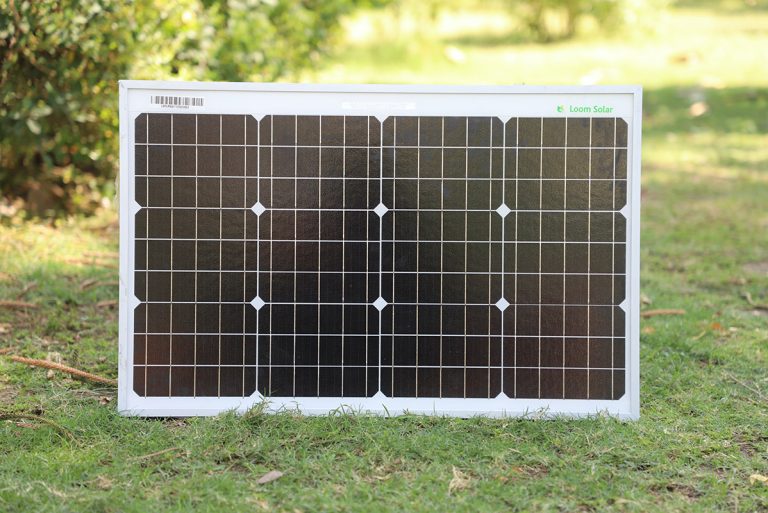Which form of energy is the cheapest in history to produce the electricity you rely on for just about everything in modern life?
Answer: Solar energy, a leading type of renewable energy.
For the first time, according to the International Energy Agency, (IEA), in its World Energy Outlook 2020 published in October 2020, renewable solar is the “new king,” beating non-renewable coal at its own game.
In fact, solar has surpassed IEA’s predictions made last year by 20-50% (though the range varies with location). On- and offshore wind projects also enjoyed similarly large cost reductions from previous estimates, surprising the naysayers as well.
Solar and wind represent just two of several types of renewable energy. Here you’ll discover tons of clean energy facts and stats about all the major forms of green energy — including how one or more fit into your home, business, or community.
Making the switch to renewables will not only save you money. It will reduce your carbon footprint. As our climate crisis intensifies, a clean energy transformation will help curb negative outcomes for people and the planet.
What is Renewable Energy?
Renewable energy is a general term for all forms of energy that can be naturally replenished — like sunlight, wind, waves, or the Earth’s own heat. They never run out.
Examples of renewable energy that rely on natural processes are solar, wind, geothermal, hydropower, and ocean energy.
Bioenergy derived from biomass is another type of renewable energy. However, it requires that people perform some additional work to extract the energy from plant or animal sources, usually by burning them.
Hydrogen is the newest kid on the renewable energy block. One of the greenest ways it’s created is by a chemical process extracting it from water.
All forms of renewable energy are also referred to as alternative energy. These clean (or green) types of energy have no significant undesirable consequences. They offer a choice compared to conventional, “dirty” forms of energy that are non-renewable.

Non-renewable fossil fuels (coal, crude oil, and fracked gas) supply people with about 80% of all energy consumed globally and in the United States. Their burning releases carbon dioxide, a major greenhouse gas that’s accelerating climate change.
Nuclear energy is a second type of non-renewable energy that makes up only 2% of global energy, but 8% in the U.S. It produces radioactive waste that remains hazardous for thousands of years.
By contrast, renewable energy consumption across all sectors (transportation, heating, electricity, etc.) is approximately 18% worldwide, but only 11% in the U.S. In terms of electricity production alone, renewables in the U.S. stand at about 17%.
Types of Renewable Energy
The relative percentages of the various types of renewable energy used around the world differ from country to country.
For this list, the breakdown of the 17% (mentioned in the preceding section) devoted to renewables used for electricity production in the U.S. (2019) is given by the most common to least.
Wind (7.3%)
Harvesting energy from wind is a technique first used by humans over 1,000 years ago. Windmills on farms to pump water or grind cereals are age-old practices common even today.
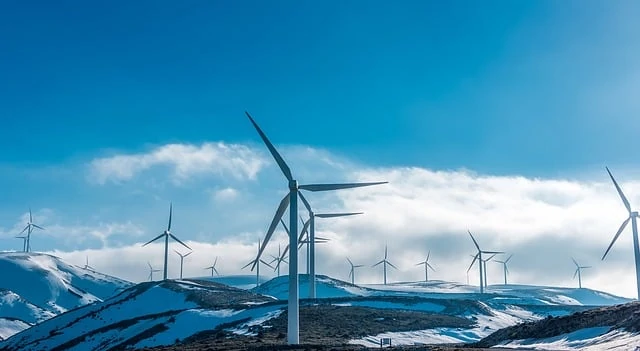
In the United States, huge wind turbines dot the landscape in several states like the Top 3 in 2019 — oil-rich Texas, Iowa, and Oklahoma — as well as in several offshore wind farms.
Would you believe that wind is a form of solar energy? Due to pressure gradients caused by uneven solar heating of the Earth and its atmosphere as well as by the Earth’s rotation, large masses of air movements called wind result.
To generate electricity, the wind’s kinetic energy causes a turbine’s blades to turn around a rotor attached to a main shaft. The mechanical energy of the rotating shaft, connected to a gearbox, spins a generator and is transformed into electricity.
Hydroelectric (6.6%)
Using the power of moving water to perform work dates back to Ancient China and Greece. In these civilizations, and later in Europe and Colonial America, grinding wheat into flour, pounding metal ores, or sawing wood were common uses of hydropower.

Today, there are three major ways running, fresh water can be used to create electricity.
Run-of-River
Running river water is channeled into a canal where it spins turbine blades in a generator to create electricity. Usually, there is no energy storage system.
Water flow can be regulated depending on energy demands.
Storage
This large system consists of a dam which stores water in a reservoir. When water is released, it falls through turbines connected to a generator and produces electricity. Mega-dams can store several month’s worth of electricity at a time.
Pumped Storage
Billed as the world’s water battery, pumped storage hydropower is considered the superior form of energy storage compared to other battery types because of its long life, low cost, and non-reliance on raw material extraction.
Using upper and lower reservoirs, water circulates between them, moving over turbines and creating electricity when needed. At low peak usage times, this electricity is used to pump the water back to the upper reservoir.
Researchers are developing several new technologies using pumped storage hydropower to store solar and wind energy so that there’s a stable and constant energy supply.
For environmentalists, mega-dam hydroelectric projects are harmful to the animals and plants living in or around rivers. In their view, hydropower is a non-renewable energy except on microscales.
Solar (1.8%)
Humans’ ability to harness sun power began as early as the 7th century B.C. when our ancestors used a magnifying glass to concentrate sunlight enough to create fire.
Today, we capture the sun’s power and convert it to electricity with photovoltaic (PV) cells. There are several types of PV panels on the market. In all of them, silicon is the main element used in current solar cells, but technology into cheaper and easier-to-scale alternative materials like halide perovskites is evolving fast.
In the U.S., over the last decade, solar energy has had an average growth rate of 49% every year. A major reason for this is the cost drop for installation in that time: 70%!
There’s no doubt that when people think of the types of renewable energy available to them, solar comes to mind first – and now you know why.
A growing number of consumers are investing in solar + storage to maintain a steady supply of energy at night and when demand is high. As with panels, there are several battery types to choose from, depending on your needs.
Communities around the world are investing in solar farms using huge mirrors to concentrate the sun’s rays across acres of PV cells. The energy is used to heat water, creating steam that in turn drives the turbines in a generator to produce electricity. In most cases, the electricity is synced directly into the local utility power grid.
“Floatovoltaics” on the surface of water — lakes, reservoirs, dams, public utilities, etc. — are also becoming commonplace as the renewable energy revolution takes off. These solar farms are ideal for places where land is at a premium.
Biomass (1.4%)
Using organic plant and animal matter — commonly known as biomass — for energy dates back to early human evolution when our ancestors burnt wood to cook or keep warm. Even today, wood is still one of the most common types of biomass used to generate electricity.

Ultimately, all biomass derives from the sun through photosynthesis, the process by which plants make food by converting solar energy to chemical energy.
Examples of biomass include:
- Wood and wood products (including black liquor from paper manufacture)
- Crops (notably corn turned into biofuels like ethanol), crop residues, and food processing waste (used vegetable oil to make biodiesel)
- Landfill solid waste (like paper, wool, cotton, food waste)
- Manure and human sewage
- Algae (second-generation biofuels)
When burned, biomass releases heat energy that can be used to produce electricity from a steam turbine.
If biomass undergoes various chemical or biological conversions, it may be transformed into liquid, solid or gaseous fuels (collectively called bioenergy).
During these processes, varying amounts of the greenhouse gas, carbon dioxide, are given off. Because of its contribution to climate change, biomass is not an ideal energy source — although it is better than burning fossil fuels. In urban settings, biomass facilities also contribute to local air pollution and bad odors.
Geothermal (0.4%)
Have you ever relaxed in a hot geyser or spring, like at Yellowstone National Park? If so, you’ve experienced geothermal (literally “earth heat”) energy.

Dating back 10,000 years to the dawn of human civilization, humans first used the Earth’s own heat — called geothermal — in caves, most likely for keeping warm.
Later, the early Romans used geothermal energy in their public baths. Native Americans likely used this form of renewable energy for cooking and food storage.
The Earth continuously produces geothermal energy through the gradual decay of radioactive matter located in its core. This is a natural process that occurs in all rocks.
Would you believe that the Earth’s center is as hot as the sun’s surface (about 10,000 °F) because of this radioactive decay? Layers of the Earth closer to the surface are significantly cooler but still hot (about 400 °F).
The energy in this form of renewable energy can emanate from heated rock or hot water located not far from the surface or a few miles below.
For a utility-scale geothermal plant, heat may come from magma — molten rock — located below the Earth’s crust in the mantle. This heat turns water into steam that drives a turbine above ground, generating electricity.
Homeowners can install a smaller-scale geothermal heat pump on their property. Taking advantage of the fact that the Earth, just a few feet below the surface, maintains a fairly constant temperature, these pumps can provide sufficient energy to heat a small building.
Renewable energy forms in development
The five types of renewable energy listed above are the most commonly used today worldwide. There are two other clean energy technologies that hold a lot of promise.
1. Ocean
You may think that the ocean, covering 70% of the Earth’s surface, would serve as a major form of renewable energy in the 21st century. In fact, it’s estimated that a mere 0.002 of the ocean ‘s energy could meet worldwide energy demand.
Unfortunately, this is far from true.

Image Source: Wikicommons / RebeccaLouiseJones
The ocean holds great promise in becoming a major source of green energy for four reasons.
Ocean thermal energy conversion (OTEC)
The ocean absorbs and retains most the thermal energy of the sun compared to land. Ocean Thermal Energy Conversion (OTEC) is the name for the process of extracting the thermal energy from the ocean and using it to produce electricity.
OTEC depends on temperature gradient between the warmer surface waters versus the colder deep layers. However, since the ocean is the Earth’s largest carbon sink, it has already absorbed over 90% of the heat associated with greenhouse gas emissions.
Scientists quantify this warming to be like the equivalent of everyone in the world boiling 20 tea kettles of water continuously. It is unclear how the ocean’s warming will affect OTEC as a source of marine renewable energy.
Wave energy
The ocean also possesses energy in its waves. Researchers envision a “wave park” comparable to a wind farm consisting of wave energy-capturing buoys. Innovative projects are getting started in several countries like Australia.
Tidal energy
The ocean’s tides are yet another source of energy. For this to work, tidal height must be at least 10 feet. Dam-like structures called barrages is one way to harness tidal energy. Several systems exist in countries around the world including South Korea and France.
Current energy
Lastly, the ocean’s currents hold energy that can be captured and converted into electricity. Both tidal currents, created from the moon’s and the sun’s gravitational forces, and marine currents, generated by solar heating and equatorial wind, can be harnessed for energy.
Large turbines placed on the seafloor create electricity through the current-moving blades connected to a generator. In the case of tidal currents that reverse direction, the turbine blades likewise change direction, continuing to produce electricity. The electricity is then funneled to land through a cable.
2. Hydrogen
Have you ever seen a rocket launch? That’s possible courtesy of hydrogen, now also one of the newest types of renewable energy.
Although it is very small as a molecule, hydrogen contains a huge amount of energy. Hydrogen is also unusual in that it doesn’t exist naturally as a pure substance. It’s always bound up chemically in water, carbohydrates (like sugar), or hydrocarbons (like fossil fuels).
In hydrogen fuel cells, the potential energy stored in chemical bonds is converted into electrical energy. Hydrogen combines with oxygen to produce electricity, water, and heat. There are no harmful byproducts like those resulting from fossil fuel combustion.
One way to produce the hydrogen needed for electricity production is by splitting it off from water in a process called electrolysis. If the electricity used to drive the electrolysis is from a renewable energy source, the resulting hydrogen is green.
Currently, it costs up to 6 times more to produce green hydrogen compared to blue or grey hydrogen that comes from burning fracked gas. This state of affairs is rapidly changing as solar costs plummet. In fact, The International Energy Agency predicts that the cost of green hydrogen will fall by 30% by 2030.
Then green hydrogen will be poised to become a major type of renewable energy.
Renewable energy at home
If you’re not ready yet to adopt a total-home alternative energy system to satisfy all of your home energy needs, it’s easy to spring for renewables to power certain features of your home or business. For example:
- Solar water heater – If you can only electrify one thing in your home, the hot water heater is it! Easy way to have hot water all the time.
- Ground source heat pump – Tap into the geothermal energy right under your feet and use as your home’s HVAC system.
- Solar fence charger – Have pets that like to roam? Stop them with a solar fence charge. Check out Parnak’s Magnum Solar-Pak.
- Home wind turbine – Placed on top of your home, a mini-wind turbine can provide an extra boost of wind power. One of our favorites is the Tumo-Int 1000W model.
- Solar pool heater – Warm up your above- or inground pool naturally with a solar pool heater. We like the Sun2Solar solar pool cover the best.
- Solar carport – Great for people whose homes don’t provide enough roof space for a large solar array. Just add panels to your carport.
- Solar oven (for camping) – This is exactly what it sounds like; an oven that uses sunlight as an energy source to heat up and cook food, without needing mains power. We recommend the Sunflair Portable Solar Oven if you’re in the market for one.
- Microhydropower system for farming or gardening – An easy way to use the natural features on your property to work for you.
Other ways to join the renewable energy revolution
Some of the types of renewable energy featured in this article, like ocean or hydrogen, are not widely available in all areas for home use. However, there are ways you can support these clean energy innovations.
1. Invest
There are a multitude of startup companies in green energy in desperate need of capital to advance their technologies or scale them up. With your financial support, they stand a chance to become competitive in a growing renewable energy economy.
In effect, green investment is a form of climate action that individuals can take to help curb our intensifying climate crisis.
2. Join a community program
These plans allow you to purchase the excess renewable energy produced by your neighbors’ systems. Alternatively, you can become co-owner of a large system that allows you and your local community to become totally independent of the public utility grid.
3. Purchase green energy supply through your utility
In some places where homeowners have a choice between energy companies, you can designate a renewable energy business to supply your power. There are several ways to participate depending on the program.
Renewable Energy Takeaways
In the United States, electricity usage is the second largest contributor to greenhouse gas emissions at 27% of total emissions, just shy of transportation’s slice of the pie at 28%.
In 2019, 63% of total electricity produced in the United States was from fossil fuels. Renewables made up only 17%.
It’s glaringly clear how easy it would be to reduce carbon emissions: Choose renewable energy for home, business, and community use.
There are 5 major types of renewable energy used today in the U.S.:
- Wind
- Hydro
- Solar
- Biomass
- Geothermal
Ocean energy and hydrogen are two new technologies with great potential for growth.
Solar and wind are the two most common types of renewable energy for home use. Green energy investing, purchasing clean energy from suppliers, or participating in a community program are other ways to take part in the renewable energy transformation.
![5 Major Types of Renewable Energy [+2 Under Development]](https://greencoast.org/wp-content/uploads/2020/12/types-of-renewable-energy-768x402.jpg)


